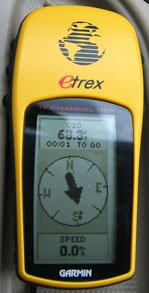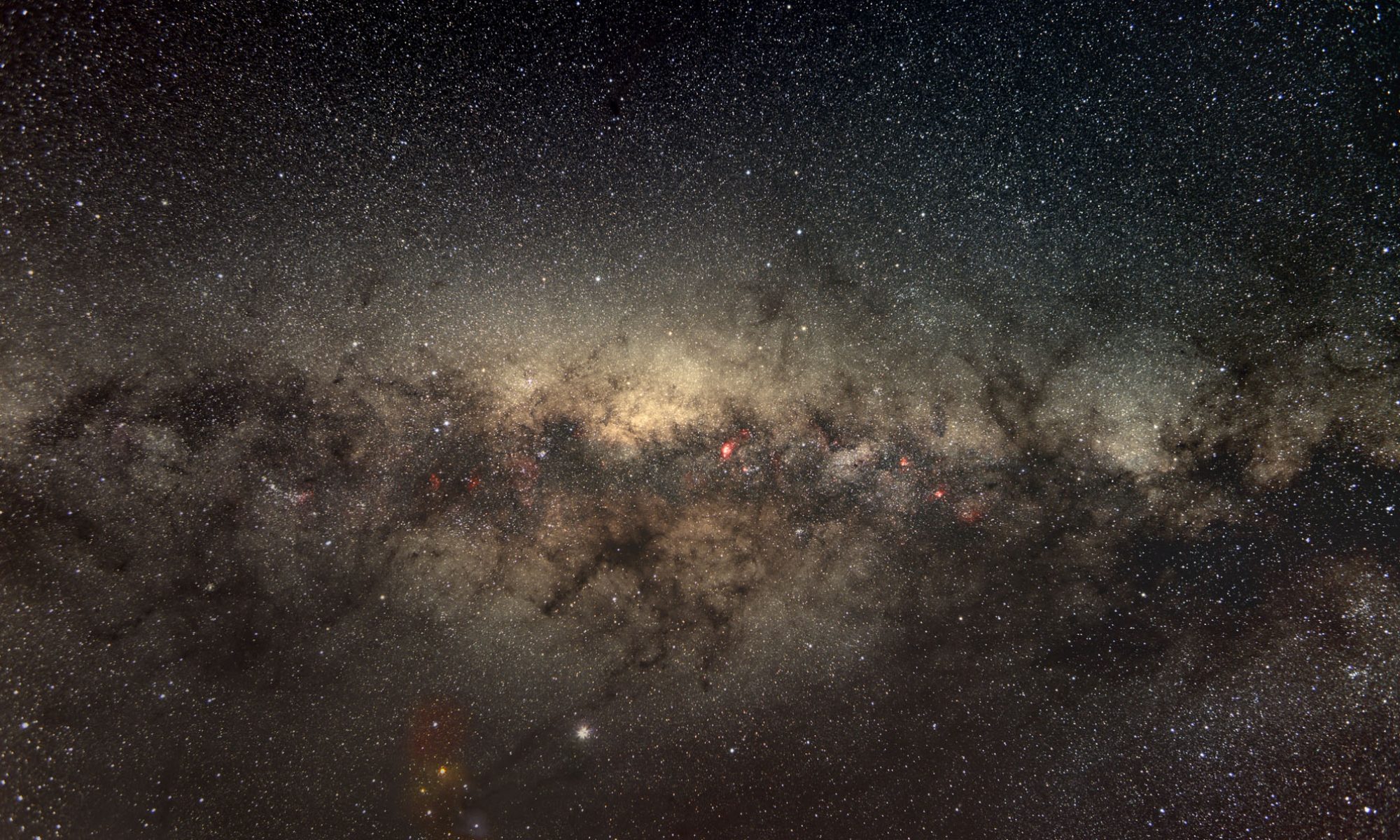What is Geocaching?
I usually call it a high tech scavenger hunt, but that is really not a good definition.
wiki – Geocaching is an outdoor sport that involves the use of a Global Positioning System (“GPS”) receiver to find a “geocache”; (or “cache”) placed anywhere in the world. A typical cache is a small, waterproof container containing a logbook and “treasure”. Geocaching is a unique take on an earlier game called Letterboxing in that it uses two recent technologies, the GPS and the Internet. Participants are called geocachers.
What is GPS?
wiki – The Global Positioning System, usually called GPS is a satellite navigation system used for determining one’s precise location and providing a highly accurate time reference almost anywhere on Earth or in Earth orbit. It uses an intermediate circular orbit (ICO) satellite constellation of at least 24 satellites.
Why does Mike geocache?
We all need a hobby, right?
I wanted to do something to get me out of the house away from the computer and the xbox. I’m not sure how I came across it on the net, I just did one day. A little outdoors with a little technology, pretty cool.
How do I get started?
You need a GPS unit. You can find a Garmin eTrex handheld GPS for under $100. This is about the cheapest unit you can get. It is what I use, picture below.
 |
Amazon, Wal-Mart or any sporting good store should have them. Or check and see if any of your friends have a GPS. Geocaching is always more fun with a friend. Then spend some time learning how to use it. Mark some waypoints, and walk to/from/around them. You will notice the GPS unit will not give you pinpoint results. Depending on how well your line of site is to the GPS satellites, it should get you within 10-15 feet of the waypoint.
Next head over to geocaching.com. Registration isn’t necessary, but will help you keep track of what caches you find, and is free. Plug your zip code into the search box. You will get a list of caches close to your area. Pick a cache with low difficulty and print it out, we want the first one to be easy. Plug the coordinates into your gps and head out hunting. Look to see what type of cache you will be going after, I’ll explain the different ones elsewhere.
!Do not try to read your gps unit and drive at the same time, running into things can be very bad.
Once your GPS unit says your within about 50 feet of the cache, look up ahead about 50 feet. Is there any objects there that could be hiding something? Remember, caches are never buried, but hidden in things like an old log, or around some rocks. Once you get to the ‘spot’, if you cannot find it and the waypoint on the GPS unit is jumping all over the place, start over. Walk away from the spot in another direction about 50 feet or so, turn around and walk back to the waypoint. Checkout your printout, sometimes there are encrypted hints left by the cache owner. If you still are unable to find it, then its time to regroup. Head back to geocaching.com, send a message (need to register for this) to the cache owner, explain your situation and ask for some hints. Geocachers are typically a very friendly bunch.
Ok, you found your first cache, now what?
Open it up! You will find all sort of interesting things inside, if it is a traditional cache. You can take something, but you must leave something else in its place. There should be a log inside, sign and date it. Put everything back in the container and hide it exactly how it was. Your ‘re done, well almost.
Go back to geocaching.com pick the cache you just found and log your visit.Leave a comment telling people you just found your first cache!
Well, was that fun? A little outdoors, a little technology. Now what? There are a whole lot of caches out there just waiting for you, go get them! The forums at geocaching.com have a whole lot of friendly cachers, you can pickup a lot of good caching information there. There also might be a geocaching club in your area, a great way to meet other cachers.
Happy Hunting!
